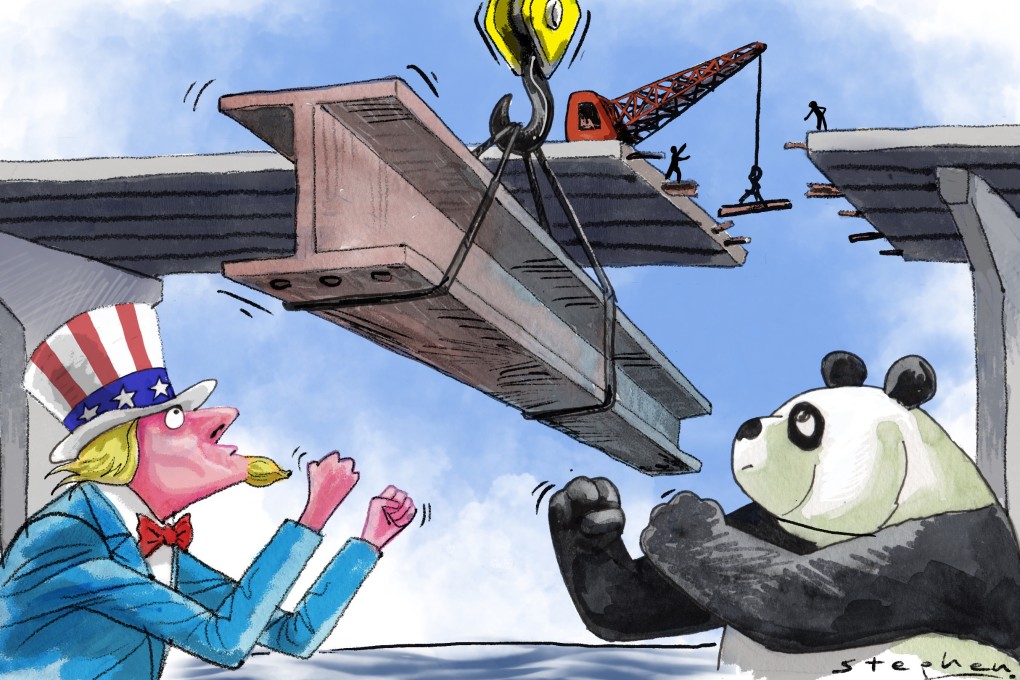Advertisement
Opinion | Amid US-China rivalry, middle powers are coming together to build bridges
- Warm exchanges between Biden and Xi in Bali did not thaw the frosty Sino-US relationship, as Washington continues its campaign against autocracies
- Yet concerns about the repercussions of this struggle are leading middleweight powers in Southeast Asia and Europe to seek a less confrontational path
Reading Time:4 minutes
Why you can trust SCMP
9

After the 2022 summit season in Southeast Asia, the US and China remain locked in a geopolitical tussle. But a middle-power movement is taking shape that could help prevent the tense rivalry from breaking into a world war.
In the November US midterm elections, Americans voted to deny the Republican Party a “red wave”, handing President Joe Biden a rare electoral success.
Buoyed by this domestic victory, Biden travelled to the G20 Summit and struck a cordial note with Chinese President Xi Jinping, who had also just consolidated his rule at home. But the warm exchanges in Bali did not thaw the frosty Sino-US relationship.
In fact, the ongoing geopolitical reconfiguration remains tense. America is determined to ward off any challenges to its global dominance. But Biden’s campaign to defend the free world, framed as a battle of “democracy versus autocracy”, is in danger of trapping the world into a protracted state of conflict.
The Ukraine crisis, for instance, has reached a critical juncture. In the war against autocracies like Russia, is there room for negotiated peace?
On China, Biden’s strategy is to rally like-minded allies to contain its Asian rival. But it remains unclear how and to what extent an autocratic China can and should be tamed. Would containing Beijing include defending Taiwan? A military conflict across the Taiwan Strait would surely plunge an already crisis-plagued world into greater turmoil.
Advertisement
